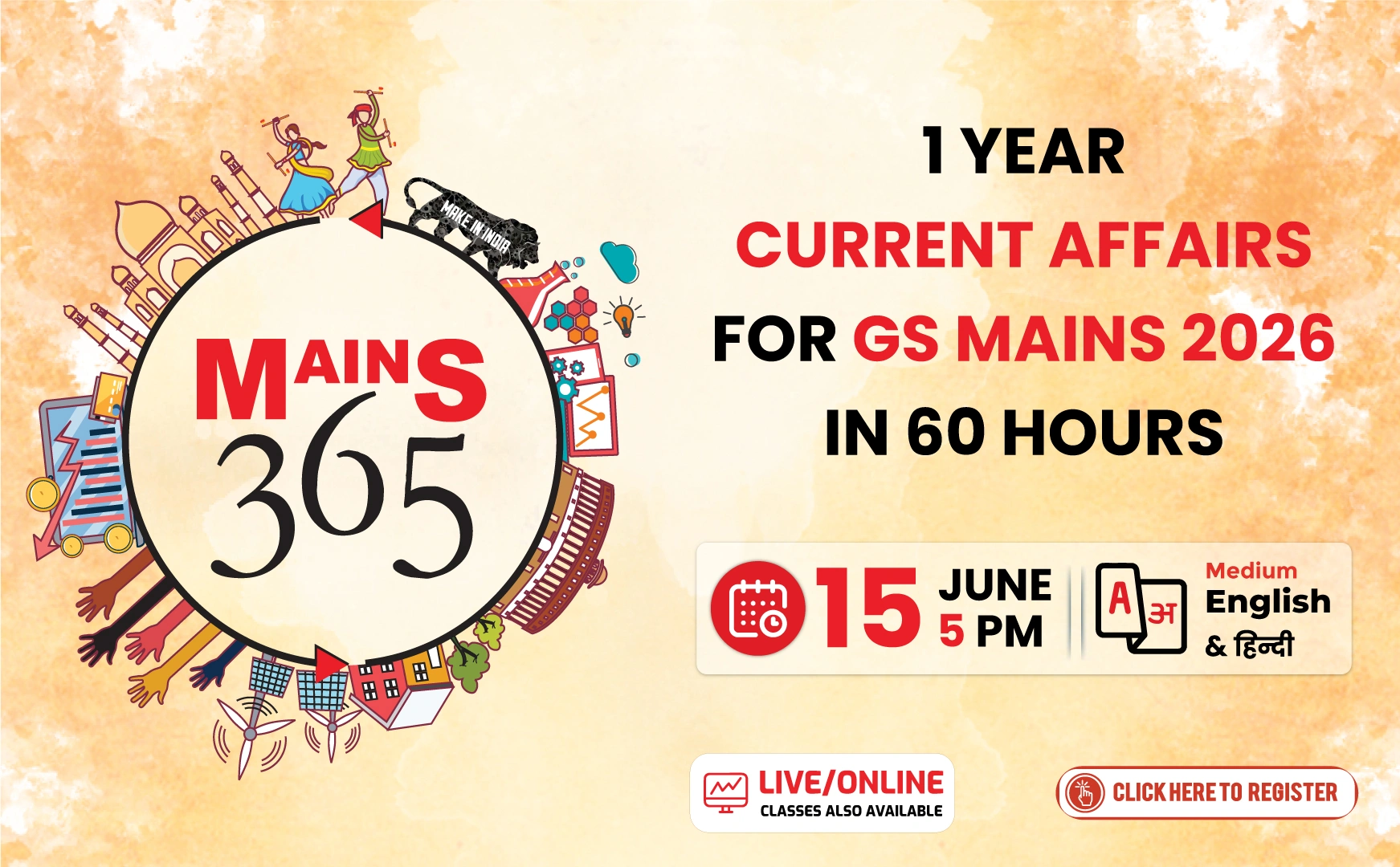Women’s Representation in Indian Politics
Rekha Gupta's appointment as the fourth female chief minister of Delhi and the 18th in India marks a significant step in the ongoing discourse on women's political representation. However, it highlights the broader issue of gender disparity in political representation across the country.
Trends in Women's Representation
- Lok Sabha Representation:
- 1991: Women constituted 7.1% of total MPs.
- 1999: Increased to 9%.
- 2004: Slight dip to 8.3%.
- 2009: Climb to 10.7%.
- 2014: Reached 11.4%.
- 2019: Peak at 14.4%.
- 2024: Decline to 13.6%.
- State Assembly Elections:
- Haryana: 13 women elected, representing below 15%.
- Jammu and Kashmir: 3 women elected, only 3.3% representation.
- Delhi: Women constitute only 7.1% of the Assembly.
Global Comparison
As of January 2025, India ranks 152nd in the ‘Monthly ranking of women in national parliaments’ by the Inter-Parliamentary Union. This rank is lower than Pakistan (137th) and China (83rd).
- UK: 263 women MPs (40%) elected to the House of Commons.
- South Africa: Women constitute around 45% of the National Assembly.
- USA: Women make up 29% of the House of Representatives.
Legislative Efforts
In 2023, the Women's Reservation Bill was passed, mandating a 33% quota for women in the Lok Sabha and state assemblies. Its implementation will follow the redrawing of constituencies after a new population census, potentially not before 2029.



